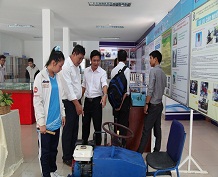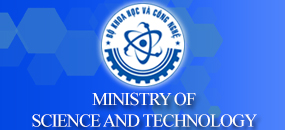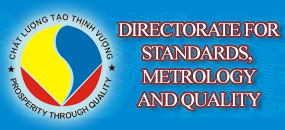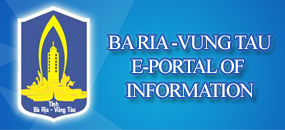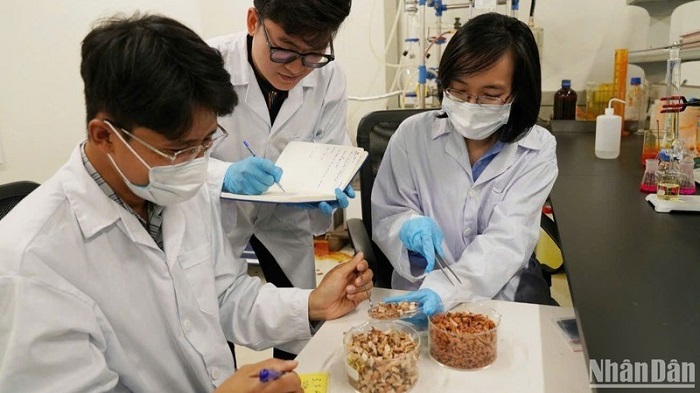
Recently, one of the obstacles facing Vietnamese scientists
has been the lack of clear regulations and mechanisms regarding risks in
scientific research. While the 2013 Law on Science and Technology and its
implementation guiding documents created a basic legal framework to protect
scientists, it lacks detailed provisions on risk management and does not
address high-risk research.
Consequently, regulatory bodies and public opinion hold that state-funded research projects must succeed, and failure is viewed as a wasteful loss of state budget. Project leaders face funding clawbacks and are barred from taking on new projects for several years following a failure. This has led to scientists being hesitant to register for challenging projects, while products with high creative potential have seen limited opportunities for research and development.
The scientific community and regulatory bodies have repeatedly voiced that treating science and technology investment like ordinary investment, demanding results proportional to funding, is unsuitable for the unique nature of scientific research. The essence of research is experimentation and discovering innovations for application, which always carries the possibility of failure. However, not all research yields final results or practical applications; this is particularly true when pioneering basic research that forms the foundation for applied research. Moreover, success in practical application heavily depends on a society’s capabilities.
Resolution 57-NQ/TW on breakthrough development in science-technology, innovation and national digital transformation has recently removed these barriers with an innovative mindset provision to accept risks, venture capital investment and time lags in scientific research, technological development and innovation. Risk acceptance is considered one of the methods to implement breakthroughs in science-technology development, innovation and digital transformation. Many believe Resolution 57 will encourage scientists to think boldly, take action, and accept responsibilities when accessing state budget funding for science-technology and innovation.
According to experts, even in developed countries, the success rate of research projects only reaches about 20-30%. This is why developed nations have venture capital fund systems and a culture of accepting failure in research, which has enabled them to create unicorn companies and technology corporations with numerous high-tech products.
Domestically, the Vietnam-Korea Institute of Science and Technology (VKIST), with its new management model, has long accepted failure as an inherent part of research activities. This model is achieved through transparent research results, where project risks are reported honestly and promptly, project leaders are granted immunity from responsibility, and unsuccessful research is viewed as a learning experience to help scientists avoid failures in subsequent tasks.
Moving forward, the 2013 Law on Science and Technology and related laws need to be amended to create a favourable legal framework that promotes science, technology and innovation. Research risks should be accepted in accordance with international practices and standards.
Many scientists recommend clarifying the concept of risk in scientific research, regrouping the types of risks that may be encountered during project implementation, and developing solutions for each risk type to help scientists maintain a comprehensive view throughout project execution. As breakthrough research typically carries high risks, the government needs to establish a fund that supports highly creative but high-risk research to encourage new ideas.
Rather than relying on immediate success probability, this fund would focus on evaluating the long-term potential and innovative nature of projects, encouraging risk acceptance to achieve significant technological breakthroughs. Additionally, research groups should be encouraged to collaborate with international organisations and research institutes to learn from and implement creative ideas, reducing risks through cooperation and knowledge sharing. For their part, scientists need to enhance research quality and should receive support from experts in assessing project feasibility and breakthrough potential, as well as professional consultation throughout the research process.
Furthermore, investment is needed in developing shared laboratories and technological infrastructure to strengthen research capabilities in universities and research institutes. Policies should be implemented to promote connections between research institutes and businesses to optimise resources and expand the practical application potential of research.

 Previous page
Previous page Back to top
Back to top


